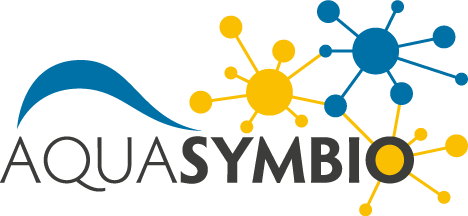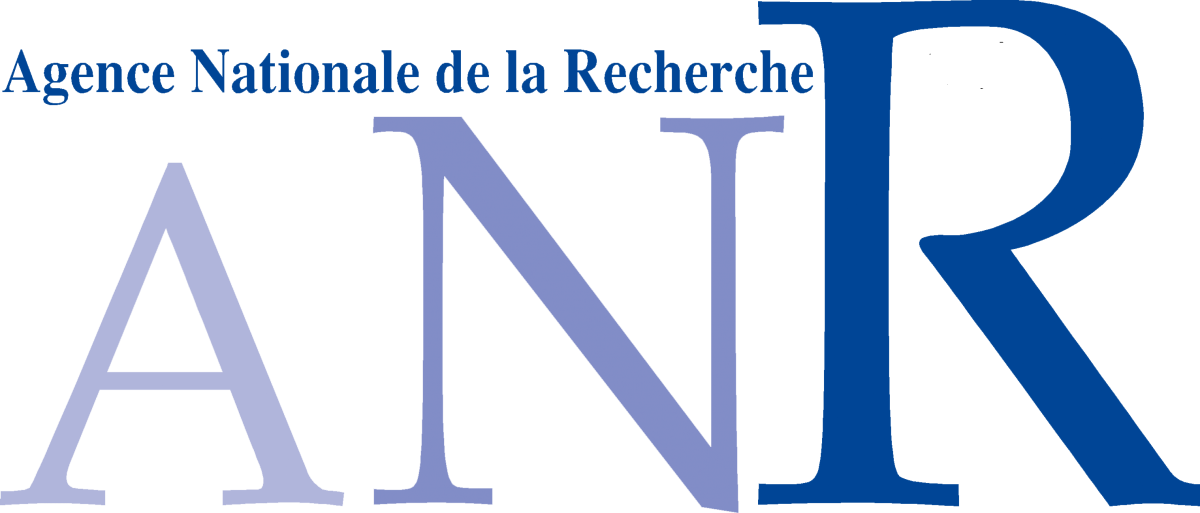Gobioides broussonneti
Diagnosis
Diagnosis_Genus: Gobioides Lacepede. Les deux nageoires thoracines réunies l'une à l'autre; une seule nageoire dorsale; la tête petite; les opercules attachés dans une grande partie de leur contour.
Body greatly elongate with a continuous dorsal fin. Only genus of gobioid fishes that possesses a spinous dorsal-fin pterygiophore formula of 3-12201. (Murdy, 1998)
Elongate, body depth 9-14% SL; head length 15-21% SL; head width 5-8% SL; continuous dorsal fin, VI-I, 14-15 or 19; spines flexible; dorsal-fin base long, broadly joined with base of caudal fin (except in G. afi'icanus where dorsal fin not connected to caudal fin). Precaudal vertebrae 10, caudal vertebrae 16-17, or 21. Anal fin I, 13-15, or I, 19, segmented rays branched; anal-fin spine much reduced; height of anal fin moderate, less than height of dorsal fin: anal-fin membrane broadly joined to base of caudal fin (except in G. africanus where anal fin not connected to caudal fin). Two anal-fin pterygiophores anterior to first hemal spine. Pectoral fin with 15-20 rays; rounded and tapered posteriorly, terminating at point anterior to vertical from posteriormost margin of pelvic fin. Pelvic fin 1, 5; frenum present: basal membrane uniting fins present; broadly rounded posteriorly. Caudal fin with t7 segmented rays; procurrent rays 6 dorsally, 5-6 ventrally. Scales cycloid difficult to count with accuracy; present on body and cheeks, largest posteriorly. In some species, scales embedded and extremely small. Teeth caninoid; lower-jaw teeth in I-3 rows laterally, one row medially: outer row teeth 9-42, much larger, more pointed than teeth of inner rows; upper jaw teeth in l-3 rows, inner, medial row smaller, 8-16, outer row, 12-46. Tongue slightly bilobed; basihyal bifid. Gape wide, mouth oblique; posterior tip of maxilla extending to vertical below posterior half of eye; posteriorly near tip of maxilla, upper lip expanded into large fold that joins similar lower lip fold at rictus, latter told completely covers posterior part of jaws even when agape. Interorbital space broad. Eyes small, approximately twice diameter of posterior nostril, covered by skin; posterior nostril located anterior to eye: anterior nostril smaller than posterior nostril, located anterior to it near upper jaw; cephalic sensory pores and cutaneous papillae as in Figure 2. Ventral margin of first gill arch with 8-11 gill rakers; gill rakers short and blunt; gill opening narrow. (Murdy, 1998)
Diagnosis_Species: Gobioides broussonnetii Lacepede. Vingt trois rayons à la nageaoire du dos; le corps et la queue très alongés et comprimés; des dents aux machoires; les nageoires du dos et de l'anus très rapporchées de la caudale; qui est pointue. Nous dédions cette espèce de gobioïde à notre savant confrère le citojen Broussonnet ; et nous cherchons ainsi à lui exprimer notre reconnoissance pour les services qu'il a rendus à l'histoire naturelle, et pour ceux qu'il rend chaque jour à cette belle science dans l'Afrique septentrionale, et particulièrement dans les états de Maroc , qu'il parcourt avec un zèle bien digne d'éloges. Ce gobioïde, qui n'est pas encore connu des naturalistes, a les mâchoires gainies de très- petites dents. Ses nageoires thoracines sont assez longues, et réunies de maiîière à former une sorte d'entonnoir prrofond ; les pectorales sont petiies et arrondies et la dorsale et celle de l'anus s'étendent jusqu'à celle de la queue, qui a la forme d'un fer de lance : elles sont assez hautes, et cependant l'extrémité des rayons qui les composent, dépasse la membrane qu'ils soutiennent. Le corps est extrêmement alongé , très-bas , très comprimé et la peau qui le recouvre, est assez transparente pour laisser distinguer le nombre et la position des principaux muscles. Un individu de cette belle espèce faisoit partie de la collection que la Hollande a donnée à la nation française ; et c'est ce même individu dont nous ayons cru devoir faire graver la figure.
As for genus except as noted. Mouth oblique with anterior tip of lower jaw ventral to a horizontal with ventral margin of eye; maxilla terminating posteroventral to eye. Meristics.--Dorsal fin VI-I, 15; anal fin 1, 15; caudal vertebrae I7; pectoral fin with 17-20 rays. Scale rows in longitudinal series about 160. Two or three rows of teeth in each jaw. Coloration. -- Fresh material was not available for this study, Based on Dawson (1969), "Dorsum, lateral head and body purplish-brown, variously interrupted with cream-white; lateral body with 25-30 anteriorly directed dark chevron-like markings, ventral head and abdomen generally pale; anterior margin of lower jaw and gular region dusky: caudal fin dusky: pectoral fins with 3-4 faint dusky vertical bars: pelvic and anal fins pale." Preserved specimens are tan to pale brown laterally, dorsum brown. Myomeres brownish. Pigment on dorsum courses along dorsal-fin elements. Caudal fin dusky grey, anal fin whitish. (Murdy, 1998)
Body_adult_length: 25 cm
Body_max_length: 55.3 cm (http://www.fishbase.org/summary/3856)
Sequence_COI: JN026727 (April et al., 2011)
Body_maximum_published_weight: 311 g (Cervigón F., 1994)
Etymology
Gobioides: Latin, gobius = gudgeon + suffix oides = similar to
Type species
The type species for the genus Gobioides is Gobioides broussonneti Lacepede 1800 (Murdy, 1998)
Type illustration / Type locality / Type specimen
Type illustration: Gobioides broussonneti Lacepede 1800. Page 580. Pl 17, fig.1.
Possible holotype: ?MNHN 4209 (1) Cabinet du Stathouder, ?MNHN 4210 (1) ?Peru.
Type catalog: Bauchot et al. 1991:24 [ref. 19958].
Type Locality : No locality stated [? Suriname]. (http://www.fishwisepro.com)
Ecology
Habitat: estuarine
Habitat: freshwater
Habitat: Ranging from Charleston, South Carolina (Lee et al., 1980) southward to Florida, along the Gulf of Mexico coasts of Alabama, Mississippi, Louisiana, and eastern-central Texas: along the Caribbean coast of Colombia, eastward to Venezuela, Surinam, Guyana, French Guiana, and Brazil as far south as Rio Grande do Sul, Brazil (Menezes and Figueiredo, 1985.)
Substrate: sand (http://www.fishlore.com/aquariumfishforum/threads/care-sheet-for-dragon-goby.85775/)
Salinity: marine
Oxygen level: oxic
Temperature: 22-26°C
pH: 7.5-9.0 (http://www.tropical-fish-keeping.com/dragon-goby-gobioides-broussonnetii.html#sthash.qyyrQpfg.dpbs)
Sociability_adults: solitary (https://en.wikipedia.org/wiki/Violet_goby)
Migratory: Yes. Diadromous migration (Amphidromous)
Life cycle
Reproduction_mode: sexual
Longevity: more than 3 years (10 years) (http://www.tropical-fish-keeping.com/dragon-goby-gobioides-broussonnetii.html#sthash.qyyrQpfg.dpbs)
Sexual_dimorphism: Difficult to sex by external means. The only reliable method known at present is to examine the genital papillae of the fish. That of the male is pointed and long, whilst of the female is short, blunt and yellow in colour. (http://www.seriouslyfish.com/species/gobioides-broussonnetii/)
Fecundity: They typically spawn in a group of one male and three or more females. Females require many hiding places, while the male needs a site to build his nest. Spawning is triggered by feeding on live meaty foods, and a decrease in salinity from 7 parts per thousand (1.006–1.008sg) to around 5 parts per thousand (1.004), followed by an increase to 30 parts per thousand (close to regular marine salinity, about 1.023sg). The male spawns with several females over the course of a day. After spawning, the male guards the eggs. After 1.5–2 days, the eggs hatch. Fry eat infusoria (particularly rotifers) and "green water" (single celled algae) for up to a month. They then eat baby brine shrimp nauplii. (https://en.wikipedia.org/wiki/Violet_goby)
Feeding behaviour
Mode of locomotion
Original description
Reference(s)
Attached phylogeny
Observation site(s)
SYMBIONTS
| Association with... | Region origin | Name of site | In reference... |
|---|---|---|---|
| Amyloodinium ocellatum | Gulf Coast Research Laboratory |
(1980) Studies on Amyloodinium ocellatum (Dinoflagellata) in Mississippi Sound: Natural and Experimental Hosts. Gulf Research Reports 6:403-413. |













